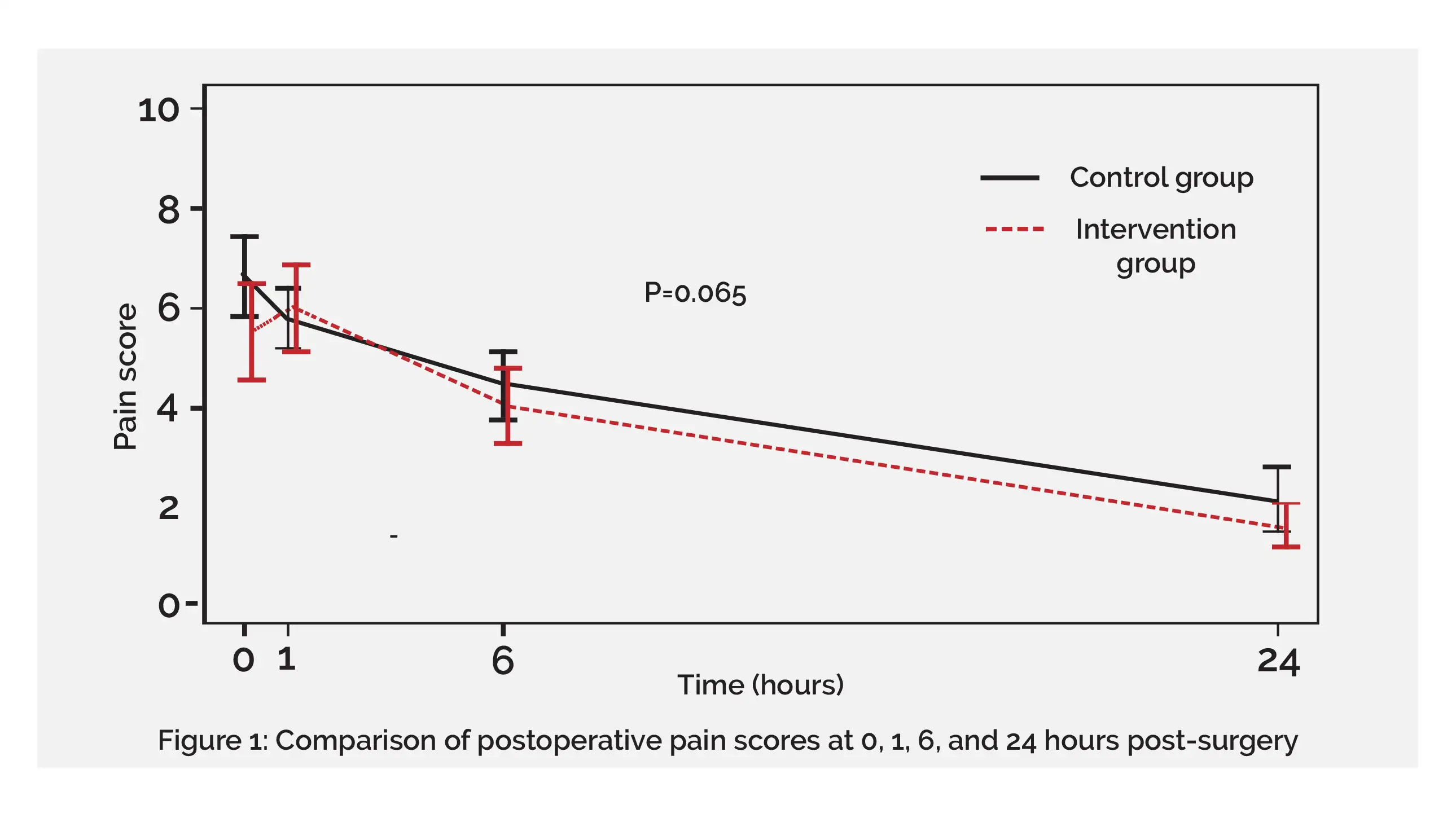Categories
Change Password!
Reset Password!


For rectal sheath block, 50 mg of 0.25% bupivacaine provides effective postoperative analgesia following laparoscopic tubal resection.
As per the outcomes of a randomized controlled trial, a minimal effective dose (50 mg) of 0.25% bupivacaine for ultrasound-guided rectus sheath block led to a reduction in the oral analgesic need at 24 hours (from 97% to 75%) and prolongation in the time to first analgesic need after laparoscopic tubal resection. Researchers explored the minimal effective dose of bupivacaine for rectus sheath block on oral analgesic need in people scheduled for ambulatory single-port laparoscopic tubal resection.
In this prospective superiority study, anesthesia induction was done following protocol. Participants were segregated into: (i) Intervention group: Given a bilateral rectus sheath block utilizing 10 ml of 0.25% bupivacaine (50 mg) on either side following intubation, (ii) Control group: Did not receive a sham block. Notably, all the volunteers were given a multimodal analgesia regimen in the following way: fentanyl and ketorolac intraoperatively and fentanyl and oral acetaminophen at post-anesthetic care unit.
The major endpoint ascertained was postsurgery oral analgesic need (acetaminophen and/or ibuprofen) at home. The postsurgery time to first analgesic need, oral analgesia (ibuprofen /acetaminophen), and pain score at 6 and 24 hours were accessed with the aid of telephone interviews. The effect size (ES), percentage, and 95% confidence interval (CI) were presented.
Overall, 66/79 eligible people were examined (34 in control group, 32 in intervention group). Compared to the control group, the intervention group exhibited a remarkably reduced intraoperative fentanyl intake (ES [95% CI]: 0.58 [0.08, 1.07] mcg), and longer time to first oral analgesia (ES [95% CI]: 0.66 [0.14, 1.16] hours).
In comparison with the intervention group, the control group exhibited a remarkably greater percentage of oral analgesia need at 24 hours after surgery (75% vs. 97%). The pain scores at six and 24 hours were comparable in both the arms, although slightly reduced in intervention group (ES [95% CI]: 0.22 [-0.26, 0.71] and 0.33 [-0.16, 0.81] respectively), as shown in Figure 1:

Hence, 50 mg of 0.25% bupivacaine can effectively reduce the postoperative oral analgesic need and also extend the time to first oral analgesia.
Trials
Minimal effective dose of ultrasound-guided rectus sheath block to reduce oral analgesic requirement after ambulatory laparoscopic tubal resection: a randomized controlled superiority trial
Sirikarn Siripruekpong et al.
Comments (0)